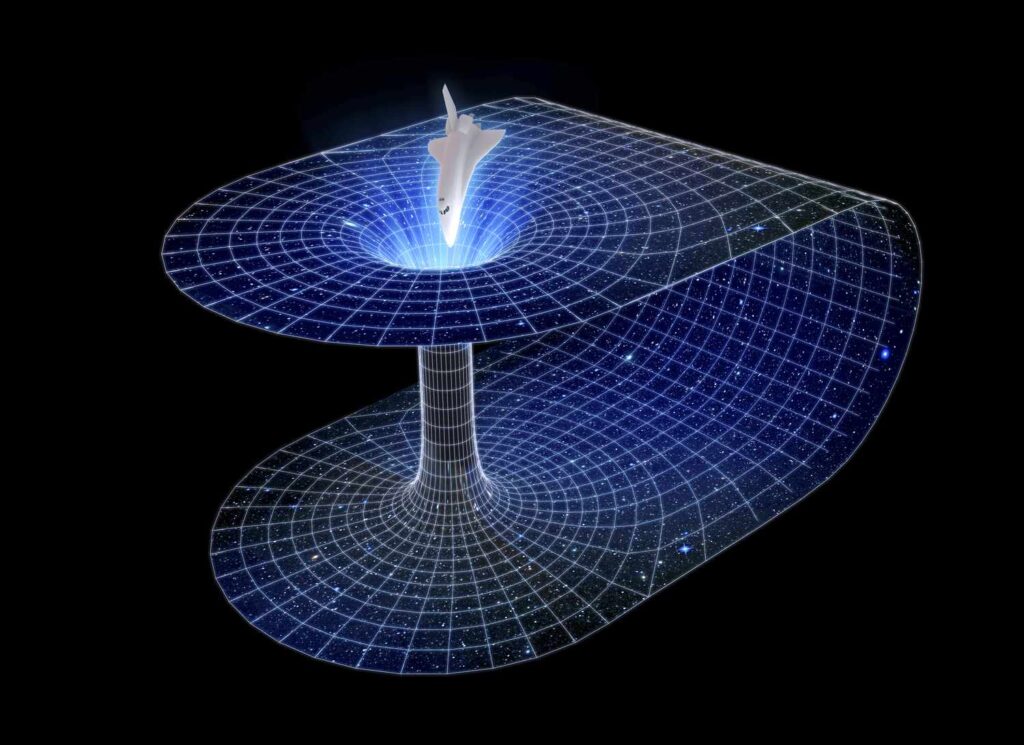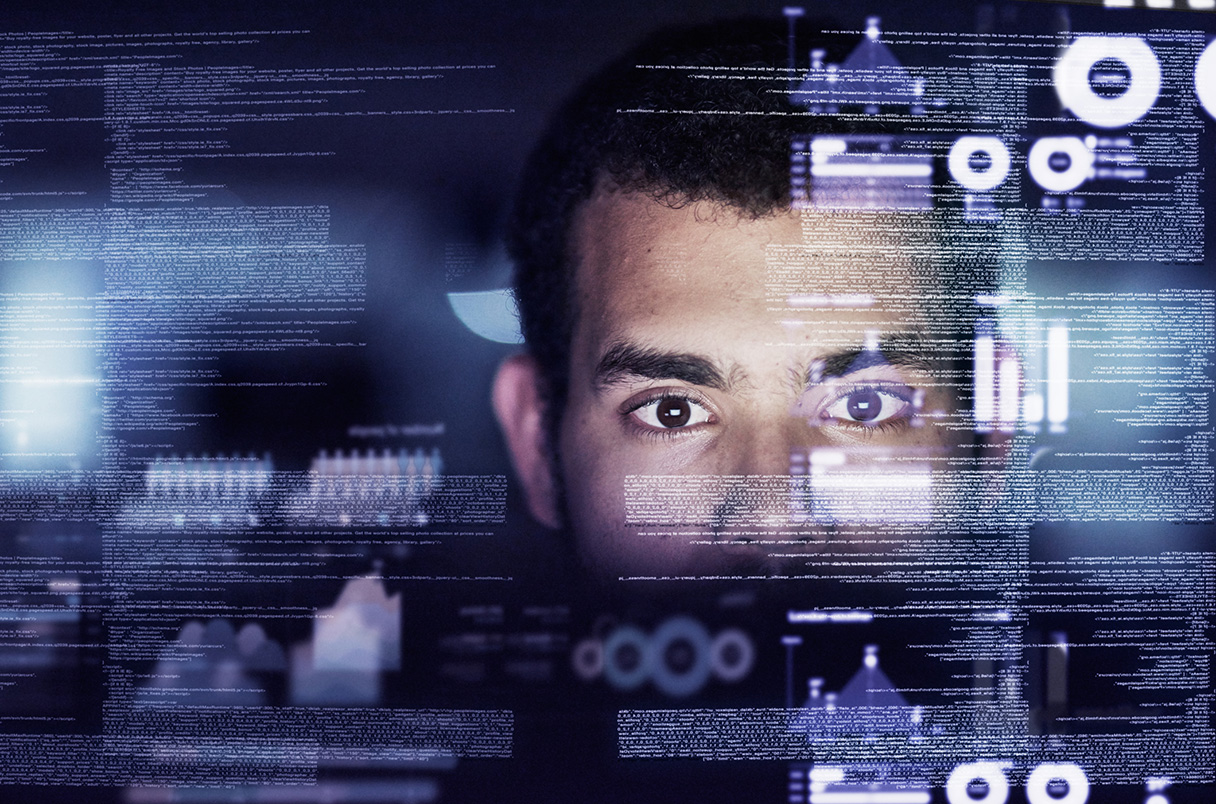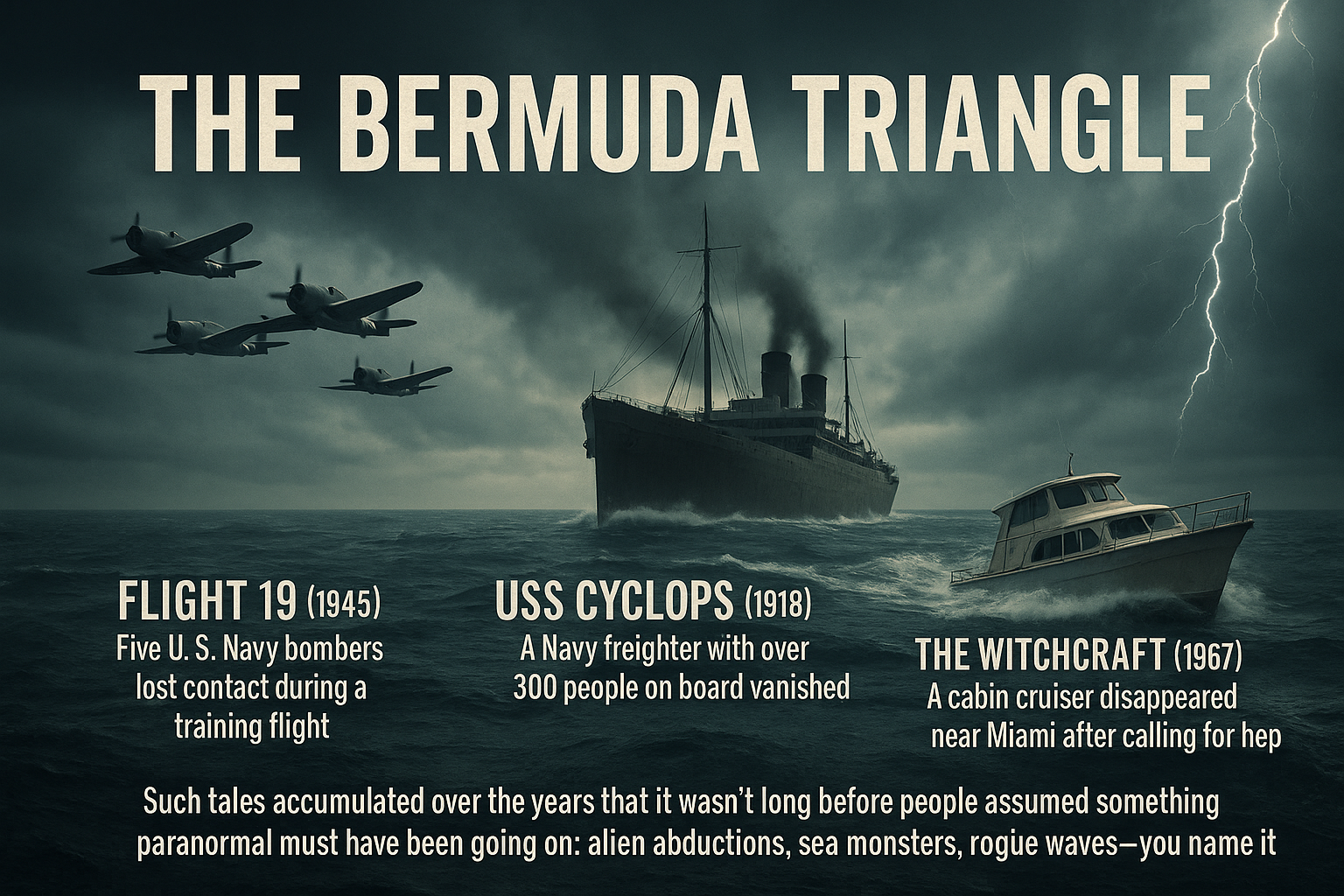Introduction of time travel
Time travel—sounds like science fiction, but is firmly based in real physics. The effect that brings us closest to this reality is time dilation, one of Einstein’s theory of relativity key predictions. This blog explores deeply how time travel may not be so far-fetched after all. From orbiting satellites to space-traveling astronauts, the evidence for time acting differently is already present around us.
In this article, we investigate the physics behind temporal shifts, how time dilation occurs, and if time travel to the future—or indeed to the past—is a feasible goal for mankind.
Table of Contents

Understanding Time Dilation
What Is Time Dilation?
Time dilation is where time varies in speed based on velocity and gravity. This is not a theory—it’s been tested and verified. From Einstein’s special theory of relativity, as objects approach the velocity of light, time for them becomes slower compared to those standing still. This is the scientific basis for chronological shifts
Real-World Example: GPS Satellites
GPS satellites, which orbit the Earth at high velocities and lower gravity than we feel on the planet’s surface, experience time dilation. Their clocks would be microseconds off each day if not adjusted—resulting in navigational displacements of several kilometers. This demonstrates time travel (into the future, albeit minutely) is currently occurring.
Gravitational Time Dilation: Time Effects through Gravity
Einstein’s General Relativity
Gravity also affects time. The stronger the gravitational field, the slower time flows. This is why time moves slightly slower at Earth’s surface than in space. In theory, if someone were to orbit a black hole (without being destroyed), they could experience time far slower than someone on Earth—essentially time traveling to the future.
Famous Experiments That Prove Time Distortion
The Hafele–Keating Experiment
In 1971, atomic clocks were transported by commercial planes and compared to static ones on the ground. The flying clocks lagged behind after completing one orbit around the Earth. This test verified time travel using time dilation.
Muon Decay
Muons are short-lived particles that decay rapidly. However, when accelerated at nearly light speed in particle accelerators, their lifetimes extend—further evidence for time dilation and indirect support for time travel.
Time Travel Through Space: The Astronaut Anecdote
Cosmonaut Sergei Avdeyev orbited the Earth for 748 days. Because of time dilation, he actually aged a fraction of a second less than humans on Earth. Although infinitesimally small, it’s actual. Astronauts are contemporary time voyagers.

Is It Possible to Time Travel Back in Time?
The Grandfather Paradox
If you go back in time and prevent your grandfather from meeting your grandmother, do you then not exist? This is a traditional thought experiment that reveals the paradoxes of reversing time
Wormholes and Time Loops
Theoretical physics postulates wormholes might link faraway points in time and space. If there is such a tunnel and it might be stabilized, time travel into the past may be feasible—but at this point, it is highly speculative and would involve negative energy or “exotic” matter.
Time Machines in Theory
Kip Thorne’s Time Machine
Astrophysicist Kip Thorne suggested that wormholes would make possible the use of time machines. Take one end at relativistic velocities and have it come back. A time difference between the entrances is created. Enter the wormhole and you could come out in the past.
Though not proven, the math stands up. It maintains hope for time travel in scientific circles.
The Arrow of Time
One reason backward time travel is debated is because of entropy. The second law of thermodynamics states that entropy (disorder) always increases over time. This defines the arrow of time—why we remember the past but not the future. Reversing time would require reversing entropy, which contradicts current physics.
Pop Culture vs. Real Physics
Films such as Interstellar, Tenet, and Back to the Future delve into temporal manipulation, but frequently disregard the constraints of physics. In Interstellar, time dilation around a black hole is one of the very few scientifically correct representations. But jumping through time in a rewritten DeLorean? Entertaining, but not real.
Nevertheless, these tales represent our innate human longing to manage time—and offer a glimpse at where curiosity could lead.
Will We Ever Have Practical Time Travel?
With our technology today, journey through time are only microseconds ahead or behind in space exploration or speeding. But who can predict what the future century brings? While we learn to control energy, quantum physics, and celestial events, the window may be more open.
What the Future Holds
The future of time travel is not necessarily at hand, but it may hang on breakthroughs in quantum gravity or even finds of exotic matter. Until then, it’s a combination of established science and hopeful speculation.
One thing is for sure, though—time travel is no longer a fantasy. It’s science, it’s real, and it’s occurring in small ways every day.



